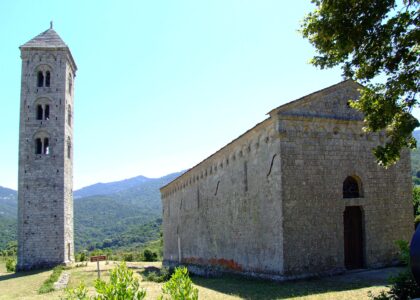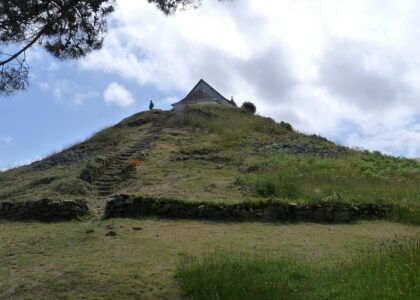Welcome to the Shawnee Indian Mission State Historic Site, a place rich with history and cultural significance. Established in 1839 by Reverend Thomas Johnson, this site served as a manual labor school for Native American children from various tribes, including the Shawnee and Delaware. It was part of a broader effort by the Methodist Church to educate and assimilate Native American children into Western culture, a practice that involved teaching them not just academics but also manual skills like farming, carpentry, and domestic tasks.
During its operation from 1839 to 1862, the mission became a hub for travelers on the Santa Fe, Oregon, and California Trails. It provided a resting spot where emigrants could prepare for their long journeys westward, often purchasing supplies made by the students themselves. These included goods like furniture, wagon parts, and food items, showcasing the skills the children learned at the mission.
The site also played a significant role during the politically charged era of ‘Bleeding Kansas.’ For a brief period in 1855, it even served as the second capital of the Kansas Territory when the pro-slavery legislature convened there. Reverend Johnson, a slave owner himself, served as the president of the legislature during this contentious time, highlighting the complex and often troubling history of the area.
Notable figures such as Tenskwatawa, the Shawnee Prophet, visited the mission. Tenskwatawa was a prominent leader and spiritual figure among the Shawnee, known for his role in advocating Native American unity and resistance against U.S. expansion.
Today, the Shawnee Indian Mission State Historic Site stands as a testament to its multifaceted past. The remaining buildings, including the East and North Buildings, house exhibits that delve into themes such as the overland trails and the lives of the Native American children who studied and labored here. The Shawnee Tribe continues to advocate for the site’s preservation, emphasizing its cultural and historical importance.
This site offers a unique glimpse into the past, revealing stories of education, migration, and the often difficult intersections of different cultures and histories.





